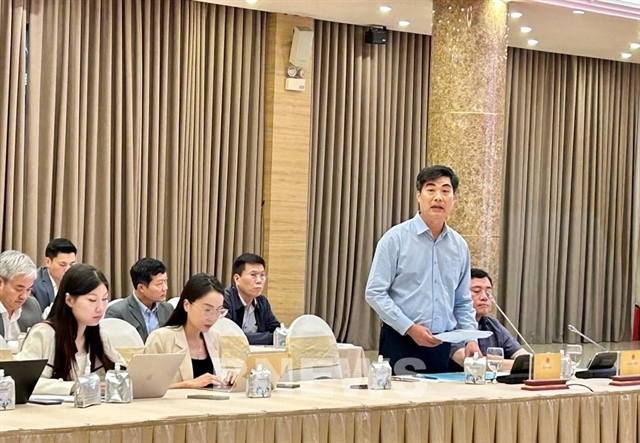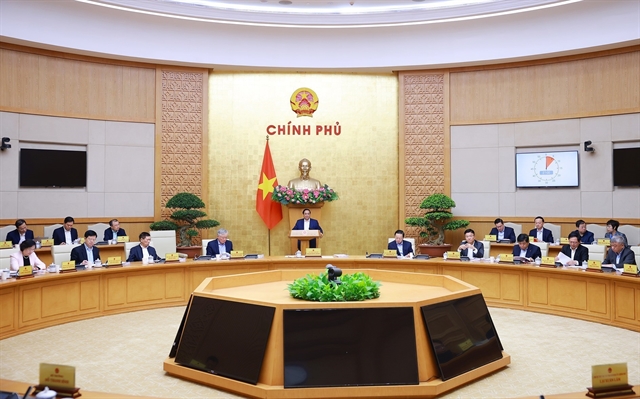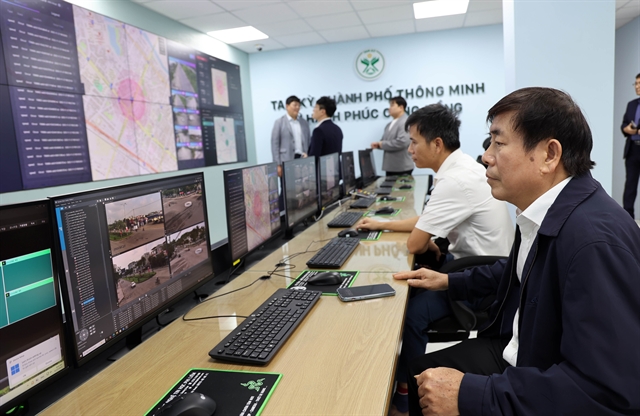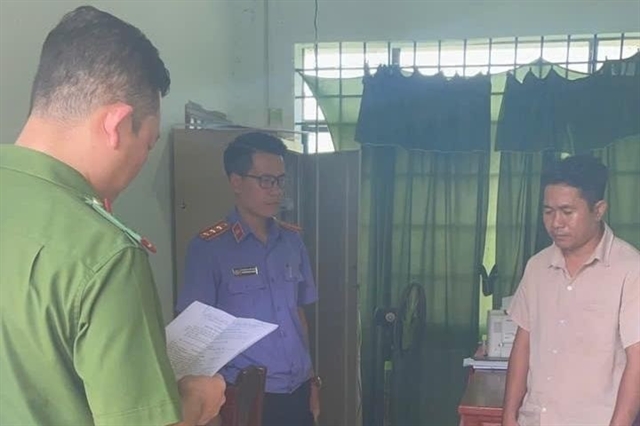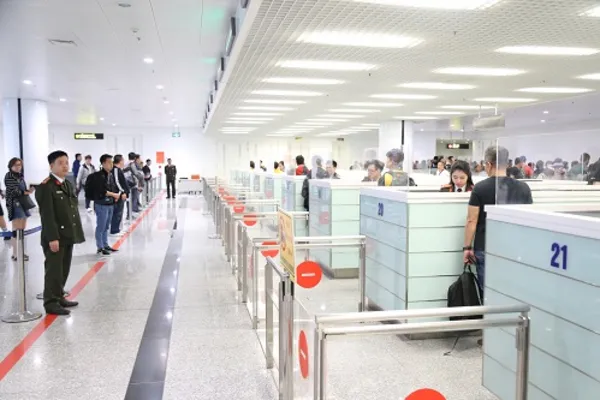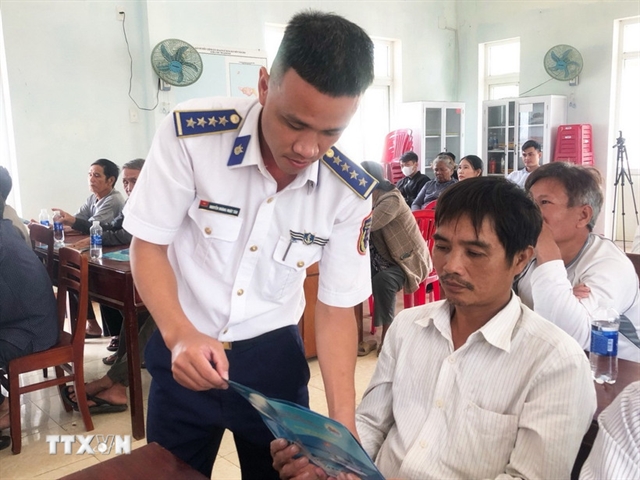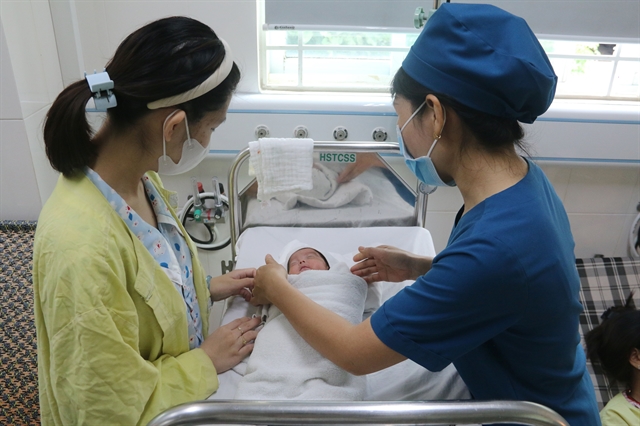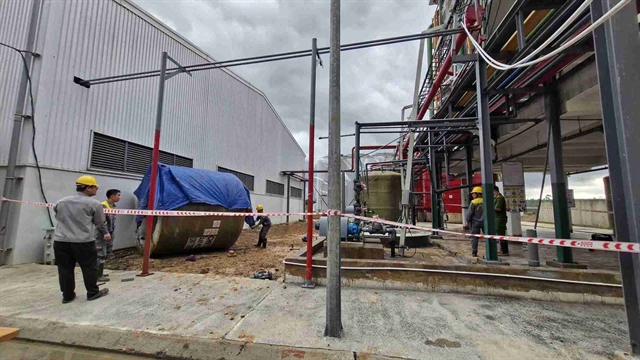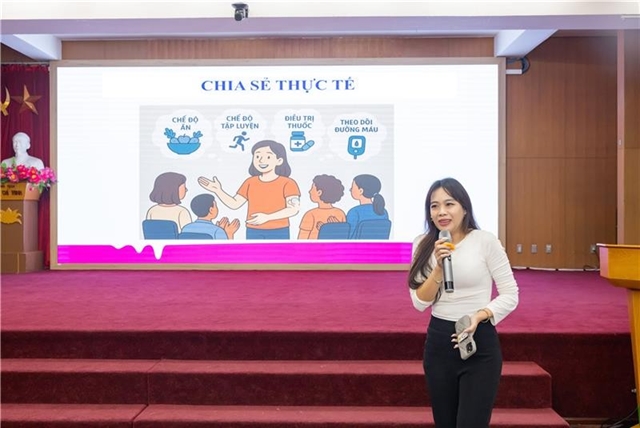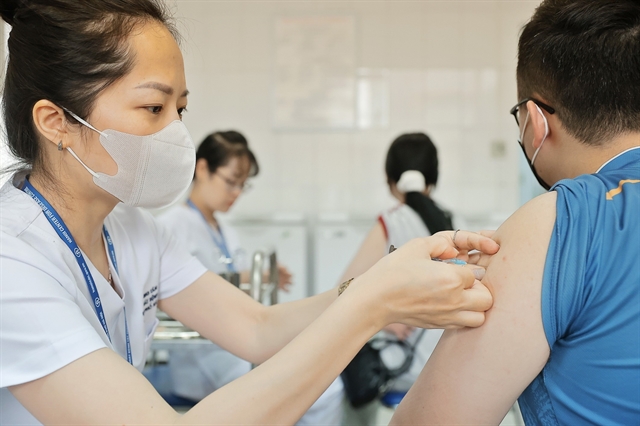

|
| Đoàn Hữu Thiển, Chief of the Office of the Ministry of Health, deliveres the opening speech at the conference.— Photo suckhoedoisong.vn |
HÀ NỘI — The Ministry of Health has called on health agencies nationwide to step up strategic, timely and accessible communication as Việt Nam enters a crucial period of policy reform in the health sector.
Speaking in HCM City on Thursday at the 2025 National Health Communications Conference, which also set out priorities for 2026, Đoàn Hữu Thiển, Chief of the Office of the Ministry of Health, said all health facilities must take the initiative in advising on, and organising, communications on health policies in a more substantive way, closely aligned with the drafting and promulgation of legal documents, ensuring timeliness, transparency, and ease of access.
Thiển emphasised the need to strengthen the nationwide health communications network and enforce strict compliance with spokesperson regulations and information provision requirements, while investing in skills training for communications staff.
He also urged a shift towards multimedia and digital-first communications, making full use of the health sector’s and the Government’s official social media platforms.
At the same time, he said, inter-ministerial and multi-agency cooperation involving ministries, mass organisations, local authorities, and the press must be intensified to expand public outreach and strengthen the spread of reliable health information.
“Heads of the sector’s units must clearly define their roles and responsibilities, and foster a spirit of initiative and creativity in health communications,” Thiển said.
Every timely, accurate piece of information; every positive, value-driven image; every effective communications initiative contributes to building public trust in the sector and creating momentum for the comprehensive, modern transformation of the health system, he added.
Thiển also said communications now play an especially critical role as the health sector continues to implement strategic breakthroughs under Politburo Resolution 72-NQ/TW and the Government’s associated action programme.
“In this context, communications are not merely a tool for information delivery,” he said. “They are a bridge between state management bodies and the public, and between the health system and the community.”
While recognising the positive results achieved in 2025, he said 2026 would be a “pivotal year” for delivering the Politburo’s resolutions and the Government’s action plans.
Therefore, each unit must develop structured communications plans aligned with policymaking timelines, and each communications officer must be equipped with the necessary skills and follow ministerial guidance to help strengthen the sector’s reputation and improve public health outcomes.
At the conference, Nguyễn Xuân Tùng, Deputy Director of the Health and Sports Department, said that future health communications must focus on orienting and disseminating the Party's guidelines and the State's policies and laws.
He highlighted the need to promote ethics and professionalism in healthcare, and to step up learning and adherence to President Hồ Chí Minh’s ideology, morality and style among the health sector's staff.
Tùng also called for communications to identify, nurture, and highlight exemplary units, outstanding individuals, and good deeds in the protection and improvement of public health.
He stressed the importance of publicising achievements and advances in Vietnamese medical science to help elevate the profile and role of the national health sector in the country’s development.
The conference also featured a series of presentations sharing experience and methods in health communications, including “tailor-made communications” and guerrilla-style health marketing; developing networks of KOLs/KMOLs who are medical experts for health education; mobilising social resources for joint communications efforts; applying artificial intelligence in the management and production of health information; and establishing health-education communication networks in the context of operating two-tier local administration model in Hà Nội and HCM City.
The contribution will help the health communications system keep pace with new trends and adapt swiftly to the demands of the digital age, while providing solutions to enhance professionalism and effectiveness sector-wide. — VNS
